- EasyCard
- Trade
- Help
- Announcement
- Academy
- SWIFT Code
- Iban Number
- Referral
- Customer Service
- Blog
- Creator
Step-by-Step Guide to Calling India from the United States in 2025

Image Source: pexels
You want to know how to call India from the United States in 2025? Start with the right sequence to avoid mistakes. Here’s how to do it:
- Dial 011 (US exit code).
- Enter 91 (the country code for India).
- Add the area code for the city (skip the leading zero).
- Finish with the local number.
You might wonder if calling a landline is the same as calling a mobile. Take a look:
| Aspect | Landline | Mobile |
|---|---|---|
| Dialing Format | 011 + 91 + area code + number | 011 + 91 + 10-digit mobile number |
| Area Code Needed | Yes | No |
Calling India explained often comes down to using the right calling code India and knowing the format. Follow these steps, and you will master how to call India every time.
Key Takeaways
- Dial 011, then 91, add the area code for landlines (skip the zero), or just dial the 10-digit mobile number to call India from the US.
- Use the correct format for landlines and mobiles to avoid call errors; landlines need area codes, mobiles do not.
- Save money by using calling apps, VoIP services, or international calling plans instead of regular phone lines.
- Check the time difference before calling; call India during their daytime hours to reach people at the right time.
- Follow polite phone etiquette by greeting clearly, speaking respectfully, and avoiding calls too early or late in India.
Dialing Basics
Calling India from the US
When you want to call india from the us, you need to follow a specific process. Each step helps your call reach the right person in India. Here’s what you do:
- Dial 011. This is the US exit code. It tells the phone system you want to make an international call.
- Enter 91. This is the country code for India. It directs your call to India.
- Add the area code. For landlines, use the city’s area code, but skip the leading zero. This step helps your call reach the right city or region.
- Finish with the local number. This connects you to the person you want to reach.
Tip: If you use calling cards or apps, you can manage costs and sometimes get better call quality.
Dialing Sequence
You might wonder how to dial india from the us for both landlines and mobiles. The sequence changes a little depending on the type of number.
- For landlines: Dial 011 + 91 + area code (no leading zero) + local number.
- For mobiles: Dial 011 + 91 + 10-digit mobile number.
Let’s look at some examples:
| Type | Example Dialing Sequence |
|---|---|
| Landline | 011 91 11 23456789 (New Delhi) |
| Mobile | 011 91 9123456789 |
Indian mobile numbers always have 10 digits. You never start with a zero when you call india from the us. For landlines, area codes for big cities like New Delhi (11) or Mumbai (22) should be used without the zero at the start.
Note: If you get an error, double-check the area code and make sure you skipped the leading zero. This is a common mistake when you dial india from the us.
Now you know how to dial india from the us and the difference between landline and mobile numbers. This makes calling india from the us much easier.
Codes & Area Codes
Calling Code India
When you call India from the United States, you need to know the right calling code india. This code helps your call reach the right country. The calling code for india is 91. You always start with the US exit code, which is 011. This tells your phone carrier that you want to make an international call. After that, you use the india phone country code, which is 91.
Here’s how you use these codes step by step:
- Dial 011. This is the US exit code.
- Enter 91. This is the calling code for india.
- Add the area code for the city you want to reach (skip the zero at the start).
- Finish with the local number.
If you skip any part of this sequence, your call might not go through. Always double-check the calling code india and the area code.
Country Code of India
The country code of india is 91. You use this code every time you call from the US to India. The india phone country code helps your call get to the right country. When you dial, the full sequence looks like this: 011 (US exit code) + 91 (country code for india) + area code + local number. For mobile phones, you just add the india phone country code and the 10-digit mobile number.
Major City Area Codes
You need the right area code to reach the correct city in India. India area codes can be two or three digits. You leave out the zero at the start when calling from the US. Here’s a quick reference table for major cities:
| City | Area Code | Dialing Format from US (landline) |
|---|---|---|
| New Delhi | 11 | 011 91 11 XXXX XXXX |
| Mumbai | 22 | 011 91 22 XXXX XXXX |
| Kolkata | 33 | 011 91 33 XXXX XXXX |
| Chennai | 44 | 011 91 44 XXXX XXXX |
| Hyderabad | 40 | 011 91 40 XXXX XXXX |
| Bangalore | 80 | 011 91 80 XXXX XXXX |
| Pune | 20 | 011 91 20 XXXX XXXX |
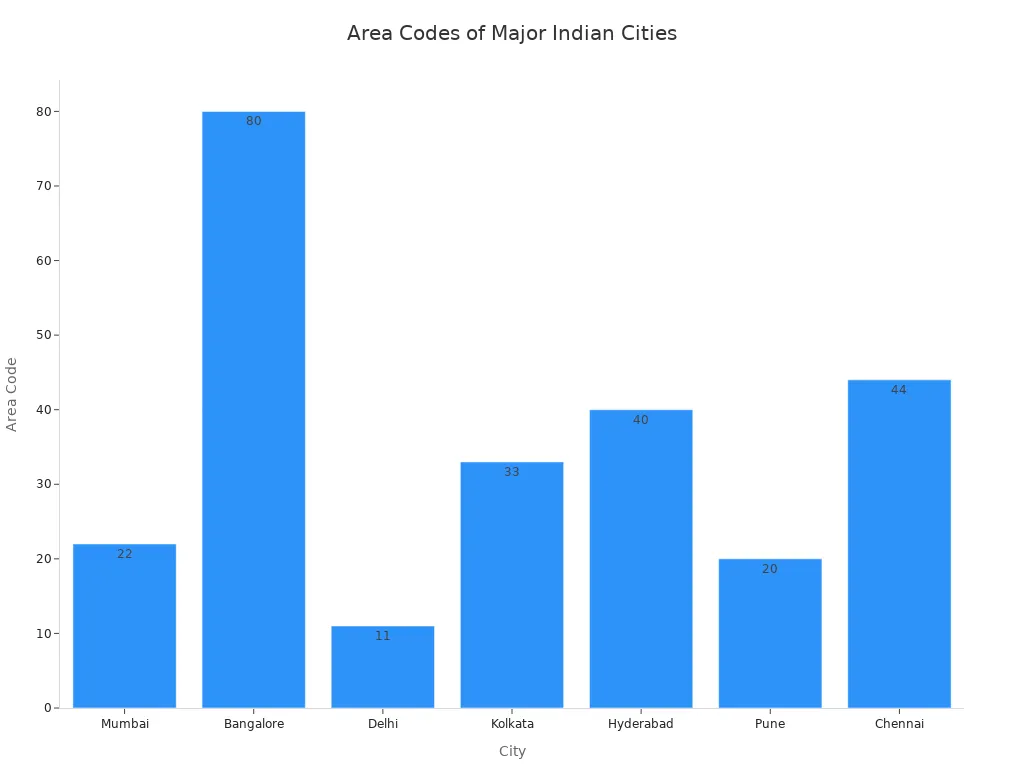
A quick reference table like this makes it easy to find the right india phone country code and area code. You avoid mistakes and make sure your call goes to the right place. The calling code india and india area codes work together to help you connect with friends, family, or business contacts in India. Always remember to use the correct country code for india and the right area code for the city.
How to Call India
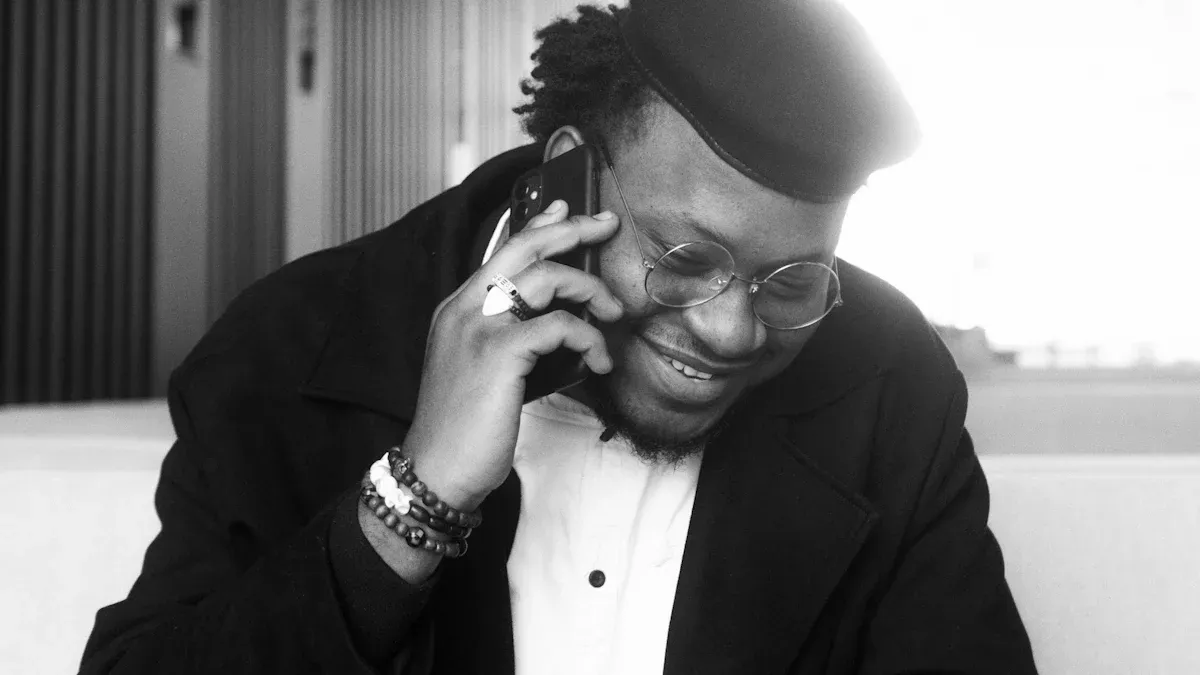
Image Source: pexels
Call India from the US
If you want to know how to call India, you need to follow a clear sequence. This process works for both landlines and mobile phones. You can use these steps every time you call India from the US. Here’s what you do:
- Pick up your phone and check that you have international calling enabled. Some phone plans block international calls, so you may need to contact your carrier first.
- Dial 011. This is the US exit code. It tells your phone system you want to make an international call.
- Enter 91. This is the country code for India. It directs your call to the right country.
- For calling landlines in India, dial the area code for the city you want to reach. Do not include the leading zero. For example, New Delhi uses 11, Mumbai uses 22.
- For calling mobile phones in India, skip the area code. Just enter the full 10-digit mobile number.
- Finish by dialing the local number. Landlines usually have 8 digits, while mobile numbers always have 10 digits.
Here’s a quick look at the dialing formats:
- For calling landlines in India:
011 + 91 + area code (no zero) + local number - For calling mobile phones in India:
011 + 91 + 10-digit mobile number
If you want to know how to call a landline in India or how to call a cell phone in India, just remember to use the area code for landlines and skip it for mobiles.
Landline vs Mobile
You might wonder about the differences between calling landlines in India and calling mobile phones in India. The dialing formats are not the same. Let’s break it down:
| Dialing Aspect | Landline (from US) | Mobile (from US) |
|---|---|---|
| Exit Code | 011 | 011 |
| Country Code | 91 | 91 |
| Area Code | Required (2-4 digits, no zero) | Not needed |
| Number Length | 8 digits (local number) | 10 digits (mobile number) |
| Example | 011-91-11-12345678 (Delhi) | 011-91-9123456789 |
When you call India from the US, always check if you are dialing a landline or a mobile. For landlines, you need the area code. For mobiles, you only need the 10-digit number. This is one of the most important ways to call India correctly.
Tip: If you get a message saying the number is invalid, double-check the area code and make sure you did not include a leading zero. This is a common mistake when calling India from the USA.
Troubleshooting Common Dialing Errors
Sometimes, calling India from the US does not work on the first try. Here are some tips to help you fix common problems:
- Make sure you start with 011, not the plus sign (+). Some phones let you use +, but most landlines and many mobile carriers in the US require 011.
- Check that you entered 91 after the exit code. Missing the country code is a common reason for failed calls.
- For calling landlines in India, always skip the zero at the start of the area code.
- For calling mobile phones in India, use the full 10-digit number with no area code.
- Restart your phone if you have trouble connecting. Sometimes toggling Airplane Mode on and off helps.
- Turn off Do Not Disturb mode and check if the number you are calling is blocked.
- Make sure your phone plan supports international calls to India. Some plans only allow calls to certain countries.
- If you still cannot connect, contact your phone carrier. Give them the number you are trying to call and ask if there are any restrictions.
Note: If you hear an “invalid account” message, check that you have the right access number and that your account is active. Also, make sure you have an international calling plan if you want to avoid high charges.
Knowing how to call India from the US is easy once you learn the steps. You can use these instructions for calling India from the USA, whether you are calling landlines in India or calling mobile phones in India. If you ever wonder how to call a landline in India or how to call a cell phone in India, just follow the formats above. With these tips, you will avoid most common errors and connect with friends, family, or business partners in India.
Costs & Technology
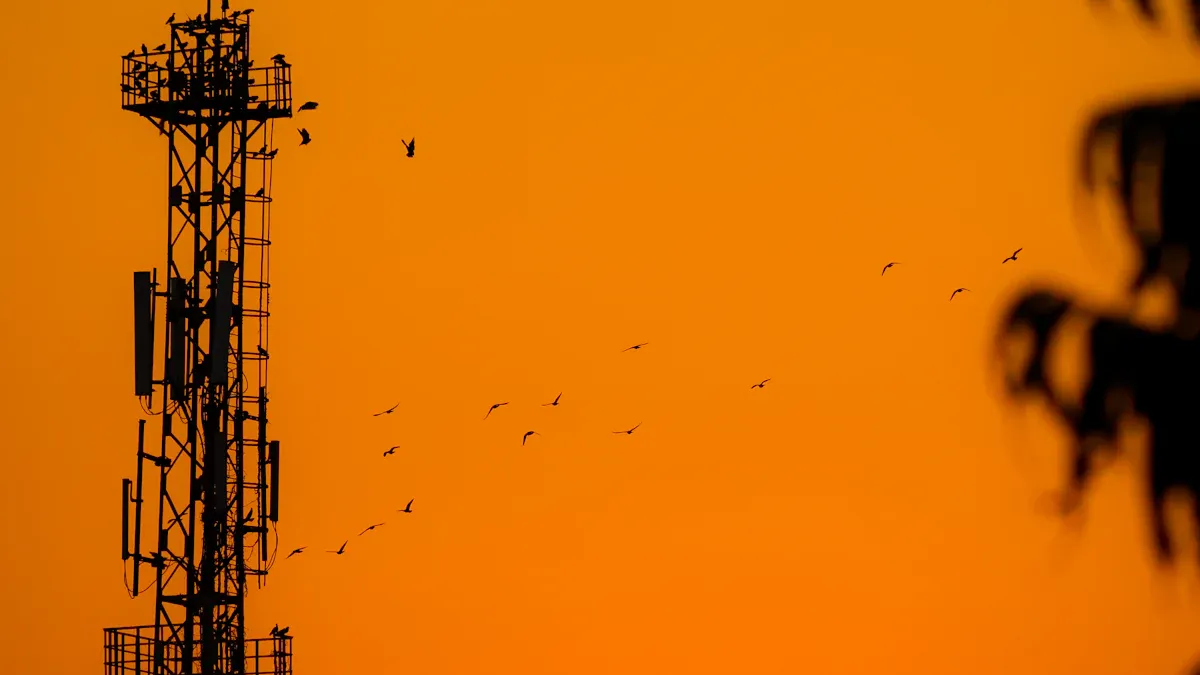
Image Source: pexels
Calling India from the US
You might wonder about the costs of calling India in 2025. If you use traditional phone services, the cost to call India can be high. Many US phone companies charge expensive per-minute rates for international call attempts. For example, AT&T’s basic rate is $5.00 per minute, while Verizon’s plans can cost $0.29 per minute. These rates make international calling expensive if you use regular phone lines.
| Carrier/Plan | Monthly Fee | Per-Minute Rate to India (Mobile) |
|---|---|---|
| AT&T Basic Rate | N/A | $5.00 |
| AT&T Worldwide Value Calling | $5.99 | $0.28 |
| Verizon Basic Rate (Fios) | N/A | $0.29 |
| Verizon World Plan 300 | $10.00 | $0.29 |
| Skype | N/A | $0.015 |
You can see that international calling plans from major carriers help lower the costs of calling India, but they still add up quickly. If you want to save money, you should look at VoIP services and calling apps. These options offer much lower rates. Google Voice charges about $0.01 per minute, and Skype is around $0.015 per minute. Some services, like GoTo Connect, even offer unlimited calling to India with a monthly plan.
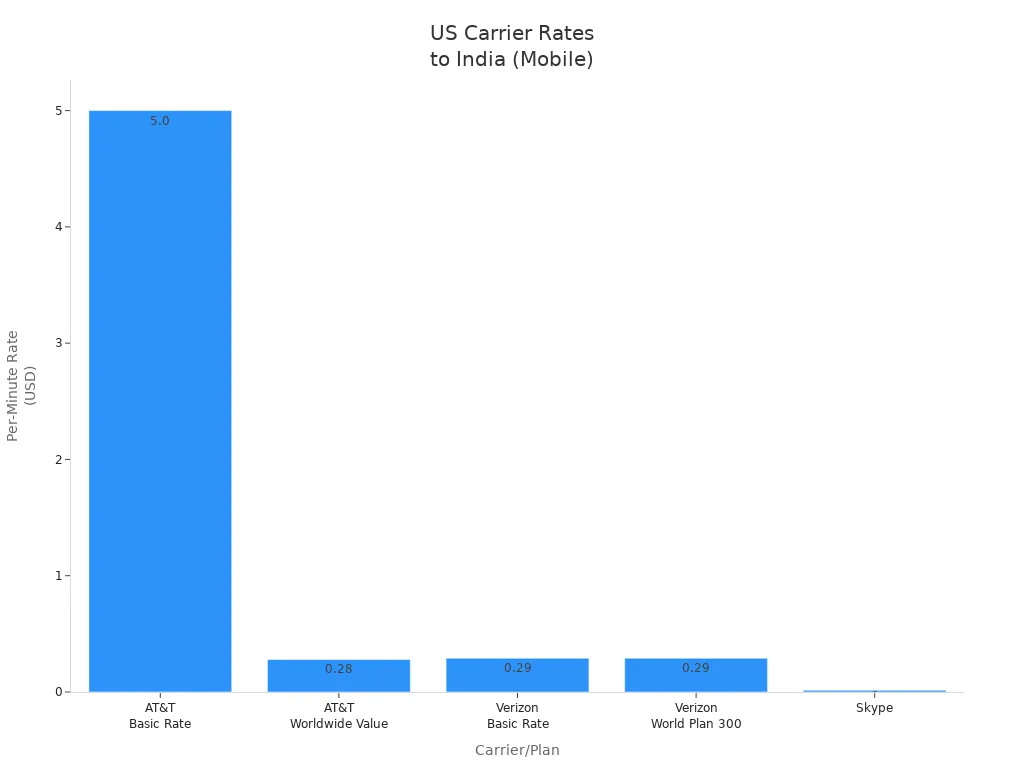
Money-Saving Tips
You have many ways to start reducing calling costs. VoIP services and calling apps are affordable solutions for international calling. They use your internet connection, so you avoid high per-minute charges. Some apps, like WhatsApp and Skype, let you call India for free if both people use the app. If you want to use a regular phone, calling cards are another smart choice. Amantel offers calling cards with low rates, auto-recharge, and bonus minutes. You can also try prepaid calling cards from Reliance Global Call, which offer rates as low as 1.35¢ per minute.
Here are some tips for saving money on international call expenses:
- Use calling cards for low rates and bonus minutes.
- Choose international calling plans from your carrier if you call India often.
- Try VoIP services or apps for the lowest cost to call India.
- Check if your plan supports international calling before you dial.
- Look for business packages or virtual numbers if you need to make many calls.
International calling technology keeps changing. In 2025, you will find more options for calling India for free or at very low rates. Many providers now offer features like browser-based calls, mobile apps, and even offline calling with local access numbers. These updates make international calling easier and cheaper than ever.
Time Zones & Etiquette
Time Difference
You need to know the time difference before you call India from the US. Indian Standard Time (IST) is always GMT +5:30. India does not use daylight saving time, but the US does. This means the time gap changes during the year. Here’s a table to help you see how far ahead India is compared to major US time zones during daylight saving:
| US Time Zone | Offset from GMT | Time Difference (IST ahead) |
|---|---|---|
| Eastern Daylight Time (EDT) | GMT -4 | 9 hours 30 minutes |
| Central Daylight Time (CDT) | GMT -5 | 10 hours 30 minutes |
| Mountain Daylight Time (MDT) | GMT -6 | 11 hours 30 minutes |
| Pacific Daylight Time (PDT) | GMT -7 | 12 hours 30 minutes |
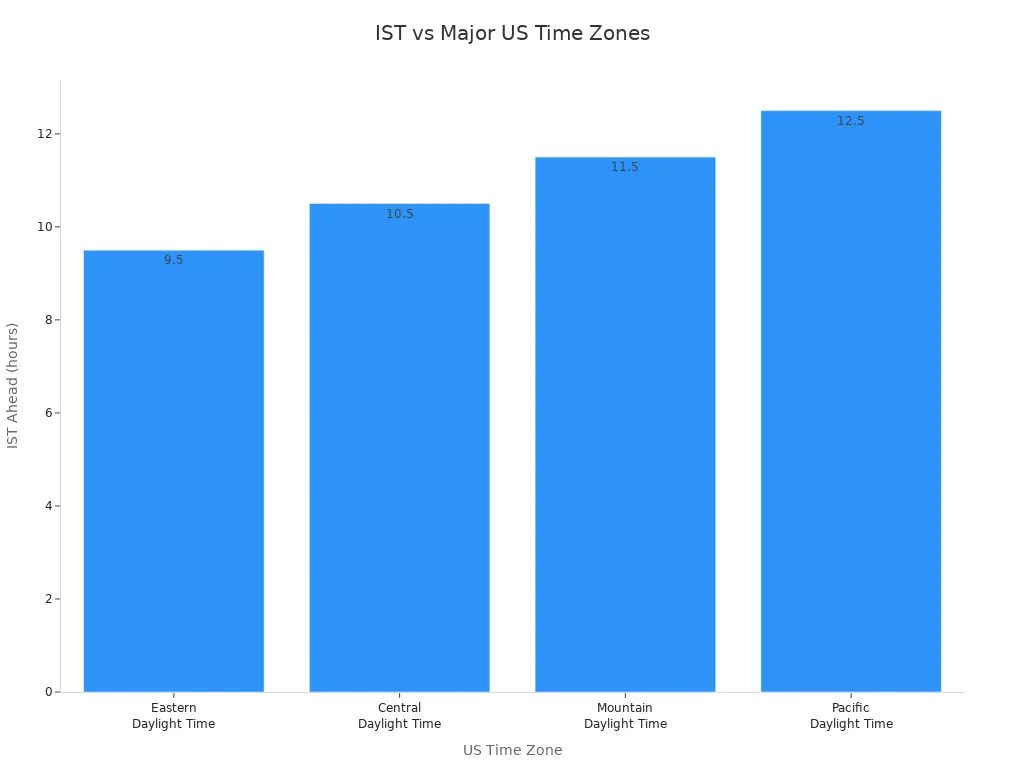
Best Times to Call
You want your call to reach someone at the right time. Most people in India work from 9:00 AM to 6:00 PM IST. Because of the time difference, the best time for you to call from the US is usually late at night or early in the morning. For example, if you live in the Eastern Time Zone, calling between 11:30 PM and 7:30 AM your time matches India’s business hours. Here’s a quick look:
| US Time Zone | US Time | India Time (IST) |
|---|---|---|
| Eastern Standard Time | 12:00 PM | 10:30 PM |
| Central Standard Time | 12:00 PM | 11:30 PM |
| Mountain Standard Time | 12:00 PM | 12:30 AM (next day) |
| Pacific Standard Time | 12:00 PM | 1:30 AM (next day) |
Try to plan your calls so they fall between 10:00 AM and 6:00 PM IST. This helps you reach people during their workday or when they are most likely to answer.
Phone Etiquette Tips
When you call India, good manners matter. Start with a polite greeting and introduce yourself. Speak clearly, but do not shout or mumble. Wait for the other person to finish before you talk. If you call for business, use professional language and avoid casual phrases. Do not put someone on speakerphone in a busy place. Always ask before putting someone on hold. End your call with a polite goodbye. Try not to call too early in the morning or late at night in India. Respecting these simple rules helps you build trust and keeps your calls friendly and professional.
To call India from the US, just follow these steps:
- Dial 011 for the US exit code.
- Enter 91 for India’s country code.
- Add the area code for landlines or skip it for mobiles.
- Finish with the local number.
Using the right codes helps your call reach the right person. Save money by using calling apps and always check the time difference before you call. If you need more help, check out these resources:
| Resource Type | Description |
|---|---|
| Guides & Blogs | Step-by-step dialing instructions |
| Support Contacts | Toll-free and expert assistance |
| Apps & Platforms | Mobile and desktop calling options |
FAQ
What should I do if my call to India does not connect?
First, check the number format. Make sure you use 011, then 91, then the area code (no zero), and then the local number. If you still have trouble, contact your phone carrier for help.
Can I call India for free using apps?
Yes, you can. Apps like WhatsApp, Skype, and Google Voice let you call India for free if both you and the other person use the app and have internet access.
How do I know if I am calling a landline or a mobile in India?
Mobile numbers in India always have 10 digits and usually start with 9, 8, or 7. Landline numbers have fewer digits and need an area code. Here’s a quick guide:
| Number Type | Digits | Starts With |
|---|---|---|
| Mobile | 10 | 9, 8, 7 |
| Landline | 8 | Varies |
Will I get charged extra if I call India without an international plan?
Yes, you will. Without an international plan, your carrier may charge high per-minute rates. Always check your plan or use a calling app to save money.
Knowing how to call India from the United States is important, but keeping in touch often means more than just phone calls. High per-minute rates from U.S. carriers can add up quickly. If you also need to send money to India, there’s a faster, more affordable way: BiyaPay.
With BiyaPay, you enjoy:
- Remittance fees as low as 0.5%
- Same-day delivery for most transfers
- Support for multiple fiat and digital currencies for seamless conversion
- Coverage in the majority of countries and regions worldwide
You can even check exactly what your recipient will receive before you send with our real-time exchange rate tool.
For smooth, cost-effective connections with India—whether by call or transfer—sign up today at BiyaPay.
*This article is provided for general information purposes and does not constitute legal, tax or other professional advice from BiyaPay or its subsidiaries and its affiliates, and it is not intended as a substitute for obtaining advice from a financial advisor or any other professional.
We make no representations, warranties or warranties, express or implied, as to the accuracy, completeness or timeliness of the contents of this publication.




Contact Us
Company and Team
BiyaPay Products
Customer Services
is a broker-dealer registered with the U.S. Securities and Exchange Commission (SEC) (No.: 802-127417), member of the Financial Industry Regulatory Authority (FINRA) (CRD: 325027), member of the Securities Investor Protection Corporation (SIPC), and regulated by FINRA and SEC.
registered with the US Financial Crimes Enforcement Network (FinCEN), as a Money Services Business (MSB), registration number: 31000218637349, and regulated by FinCEN.
registered as Financial Service Provider (FSP number: FSP1007221) in New Zealand, and is a member of the Financial Dispute Resolution Scheme, a New Zealand independent dispute resolution service provider.




















